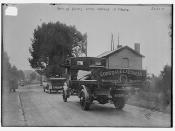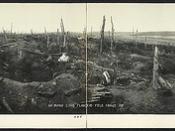Rococco art
Introduction
Roccoco is a style of art that developed in France between about 1700 and 1780. It flourished after the death of King Louis XIV in 1715. At that time, many nobles and aristocrats were moving from the court of Versailles to Paris. The term 'Roccoco' stems from the French word "Rocaille" meaning fanciful rock or shell design, these designs were prominent during the period and decorated the outdoor parks of the French nobility. Roccoco implies a refined, elegant and ornate style and manner.
Roccoco directly proceeded the Baroque style and although Roccoco was influenced by certain aspects of it, it was partly a reaction against Baroque. The two styles differed greatly in style and subject matter, for example: A typical Baroque artwork would be created on a heroic and grand scale, and usually represented Biblical figures. Whereas, Roccoco artworks were smaller in scale, delicate in manner and frivolous in subject matter.
They often portrayed figures if aristocracy and classical mythology.
The extremely decorative style of the Roccoco was applied to painting, sculpture, architecture, furniture, tapestries as well as opera and theatre society. 'Wit' and 'Repartee' were considered the highest forms of intelligence in this ultra-refined society. In architecture, Roccoco reached its pinnacle in the palaces, monasteries and churches of Southern Germany and Austria.
Painting
Roccoco painting was true to the style, in that it was very ornate and had superfluous subject matter coupled with an intimate scale and intricate detail.
The feminine look of the Roccoco style suggests that it was dominated by the taste and style of women. This was true with regard to Madame de Pompedour of France, Maria Theresa in Austria and Elisabeth & Tzarina Catherine in Russia. They held some of the highest positions in Europe and their influence is evident in Roccoco...


